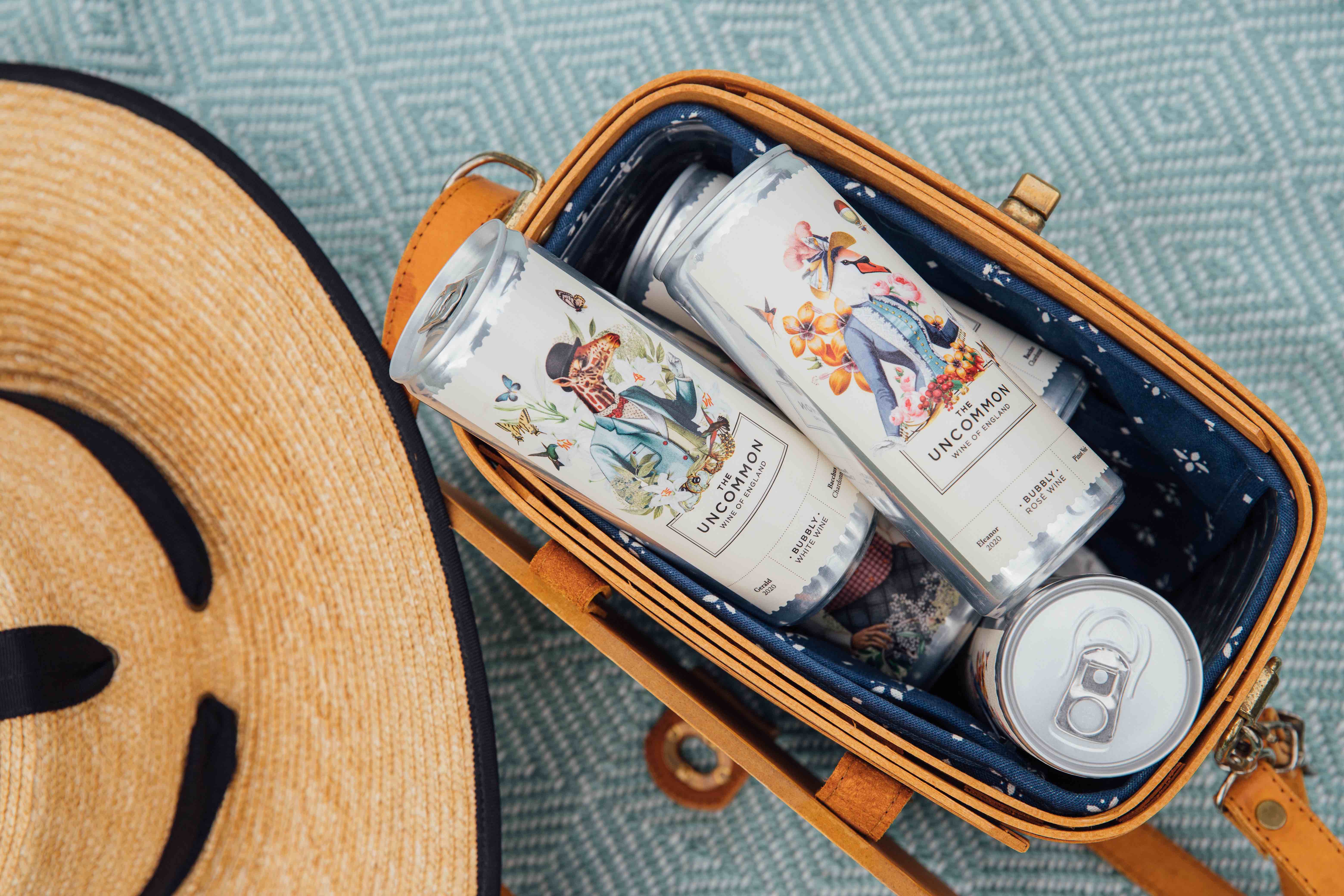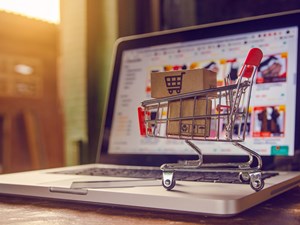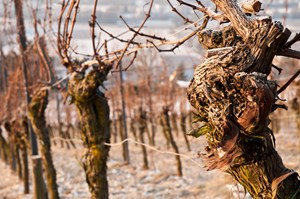Sounds interesting - why are you asking this now?
Well, if you eavesdrop on any conversation between a producer, supplier or retailer, the issue of glass and what a massive headache it has become for everyone in the supply chain, will come up within a few moments.
Really what’s happening with glass?
You don’t get out much do you? What isn’t happening with glass might be a better question. Over the last year the glass manufacturing industry has been thrown upside down as the Ukraine war has seen a number of glass furnaces destroyed, or badly damaged, piling huge pressure on other furnaces across Europe and around the world. The result has been major shortages in glass production, and escalating costs as glass companies continue to put through price rises, whilst limiting what size and type of bottles are available to buy. As a result producers have been faced with mounting bills to pay which, in turn, have been passed along the supply chain to importers, retailers and consumers. What’s more the Ukraine war, combined with the post-Covid slowdown in the global supply chain, means there are also shortages and time lags for producers and suppliers to get their hands on dry goods, particularly cardboard, labels and screwcaps.
My word. It sounds a right mess. So why is all this good news for alternative packaging?
It’s not only a mess but it’s a situation that does not look like getting any better over the next 12 months. It means suppliers, retailers, and major on-trade operators are, for the first time, really having to seriously look at alternative packaging in order to get wine on shelf, at the key commercial price points, and in the market to sell. Doors that were closed to many of the alternative packaging options are starting to crank open.
Aren’t these alternative formats also more sustainable than carbon greedy glass?
Absolutely, and that has been one of their key calling cards for years and is another key factor in why they may now finally be having their moment in the sun. Particularly as major retailers, on-trade groups and suppliers are all under increasing pressure to put in place effective sustainably strategies that take carbon out of their respective supply chains and hit Scope 2 and Scope 3 sustainability targets. Waitrose, for example, was the first major UK supermarket chain to say it is to replace all its small glass bottles with 187ml, 200ml and 250ml sized aluminum cans. A move, it says, will see 3m small bottles switch to cans, save over 300 tonnes in glass and half the carbon footprint of each drink. Cramele Recas, the biggest Romanian producer, is looking to lead the way by offering its retail and on-trade customers a potentially breakthrough 75cl PET bottle made from recycled plastic. Cramele’s co-founder, Philip Cox, claims the bottle, which produces between five and 10 times less CO2 emissions than a standard glass bottle, should be a “no brainer” for entry level and house wines that are competing purely on price point.
So could this result in a major long term switch away from glass?
That’s the big question. Probably not but it means, in the short term at least, the average wine aisle will look a little different as retailers and operators start to free up more space for alternative formats, be it bag in box, PET, Tetra Pak, or increasingly cans. There are now bigger opportunities for the more creative and market focused alternative formats out there. Look at Frugalpac, the new paper based bottle which has become the talk of the packaging world in recent months, not just in the UK but around the world, and is struggling to keep up with demand.
So why aren’t you more positive?
The issue for those in the alternative packaging world is there’s not a clear consumer driven demand to switch away from glass bottles. The industry is simply responding to the current glass crisis it is in. In fact, all the evidence suggests consumers don’t see a problem with glass. Wine Intelligence’s Vinitrac research in 2021 found 63% of UK consumers think glass is a “sustainable form of wine packaging”. If it can be recycled and used time and again, why do we need to change our shopping behaviour?
So how do you think all of this is going to play out?
There is no doubt the glass shortage and increased costs have opened the way for alternative formats. But is there enough momentum there to maintain that interest as soon as the glass issue subsides? Perhaps to some degree, but not to the level that alternative format producers would like. Any sizeable switch is more likely to come from the big brands and producers being in step with the major retailers and on-trade groups who are all looking at ways to cut their carbon emissions and hit corporate sustainably targets. The door, though, is open and it is up to the packaging industry to keep improving the quality, consistency and reliability of the wine in these alternative formats. It also needs the big Top 10 wine brands to really step up and seriously push alternative formats. Consumers then might be convinced to pick them up and give them a go if they think their favourite brand believes in them. For that to happen we need our big supermarket chains to follow Waitrose’s lead and take brave category decisions with alternative packaging and be prepared to invest and take their customers on that packaging journey with them. Then we might get a repeat of Tesco’s 2002 “screwcap moment” that turned the packaging world on its head.
* There will be a debate on the opportunities for alternative packaging in wine at London Wine Fair on May 16th at 11.30am featuring leading manufacturers, brand owners and retailers.







